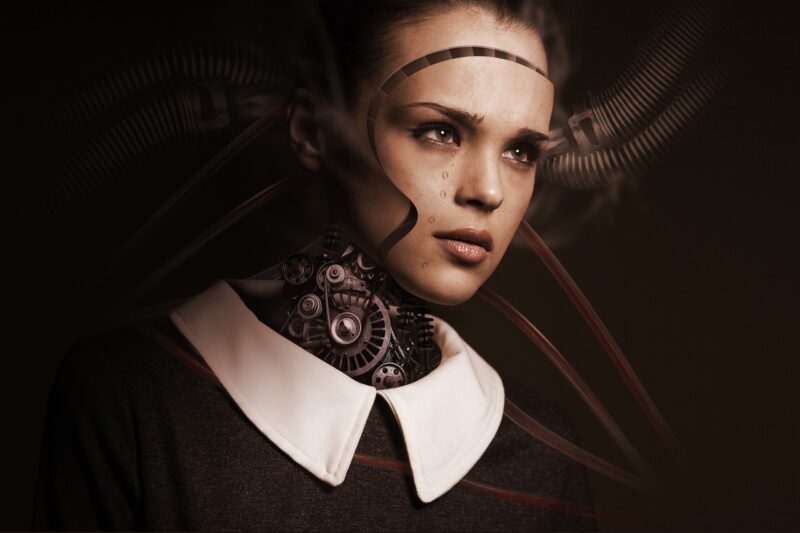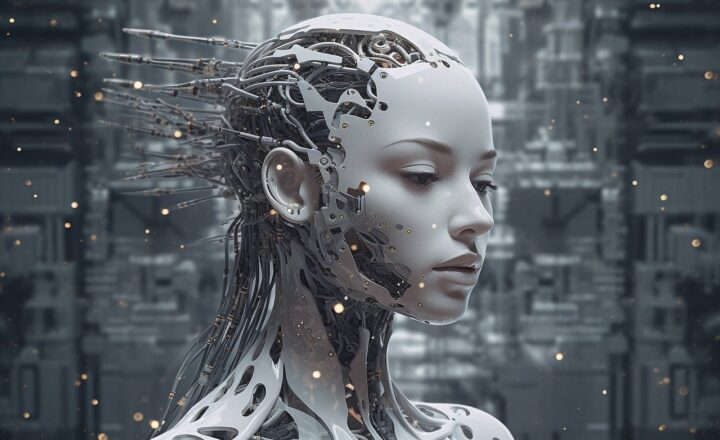
Artificial Intelligence (AI) is no longer a concept confined to science fiction. It’s deeply woven into our daily lives, from virtual assistants like Siri and Alexa to advanced algorithms that determine what we see on social media. As we stand on the brink of a technological revolution, it’s essential to grapple with the question: Are we prepared for a world increasingly dominated by robots and automation?
1. Understanding AI and Its Evolution
Artificial Intelligence encompasses a variety of technologies aimed at simulating human intelligence. This includes machine learning, natural language processing, and robotics. Over the past decade, we’ve witnessed unprecedented advancements due to improvements in computational capabilities and the availability of large datasets.
For clarity, let’s look at some key milestones in AI’s evolution:
- 1950s: The term “artificial intelligence” was coined by John McCarthy, marking the beginning of formal AI research.
- 1980s: The advent of machine learning allowed AI to begin analyzing and learning from data.
- 2010s: AI rapidly advanced with deep learning techniques, leading to breakthroughs in speech recognition and image processing.
Today, AI systems are capable of complex tasks previously thought impossible, including diagnosing diseases, driving vehicles, and even composing music.
2. The Positive Impacts of AI
Many industries reap considerable benefits from AI technologies:
- Healthcare: AI can analyze medical data, helping doctors diagnose diseases more accurately and quickly. For instance, AI-driven imaging tools can detect anomalies in X-rays and MRIs with high precision.
- Finance: Automated systems help detect fraudulent transactions in real time, safeguarding consumer data and maintaining financial integrity.
- Transportation: Autonomous vehicles promise to improve road safety and reduce traffic congestion, contributing to greener urban environments.
- Customer Service: AI chatbots provide instant support, ensuring consumer inquiries are addressed efficiently and effectively.
The economic benefits are also staggering. A report by PwC suggests that AI could contribute up to $15.7 trillion to the global economy by 2030, transforming industries and boosting productivity.
3. The Challenges and Concerns of a Robot-Driven World
While AI offers significant advantages, it poses several challenges and ethical dilemmas:
- Job Displacement: Automation threatens numerous jobs, particularly within manufacturing and retail sectors. A report by McKinsey estimates that up to 800 million global workers could be displaced by automation by 2030.
- Bias in Algorithms: AI systems can unintentionally perpetuate biases present in training data, leading to unfair treatment in hiring, law enforcement, and lending practices.
- Privacy Issues: The increasing reliance on AI in monitoring can lead to surveillance and misuse of personal information, raising serious ethical concerns.
- Dependence on Technology: Relying excessively on AI for daily tasks can erode human skills and resilience over time, potentially stunting intellectual growth and creativity.
4. Preparing for the Future: Education and Adaptation
To navigate the complexities of a robot-driven world, individuals, businesses, and governments must adapt and prepare:
- Focus on Education: Reforming educational systems to prioritize STEM education, critical thinking, and digital literacy will equip the future workforce with the necessary skills to thrive alongside AI technologies.
- Lifelong Learning: Encouraging a culture of continuous education will help workers reskill and upskill, ensuring they remain relevant in rapidly changing job markets.
- Ethical AI Development: Companies and governments must prioritize ethical standards in AI development, ensuring that technologies are created responsibly and inclusively.
- Policy Adaptation: Governments should develop policies that provide safety nets for displaced workers and enhance regulation of AI technology to safeguard public interests.
By fostering education, ethics, and public policy, we can maximize the benefits of AI while mitigating its risks.
5. Conclusion: Are We Ready for AI?
The reality of a robot-driven world is upon us, and it’s crucial not to succumb to fear or dismissal of AI’s transformative potential. Instead, we need to embrace the evolution of technology, understanding that with the right strategies and frameworks, we can integrate AI into our societies responsibly.
AI can enhance human capabilities, improve quality of life, and drive economic growth. However, preparation, education, and ethical considerations must lead the way as we tread gently into this new era, ensuring we remain not just relevant but empowered in an increasingly automated world.
As we face the impact of AI, it’s our collective responsibility to shape the future positively, turning challenges into opportunities and fostering an inclusive, optimistic vision for tomorrow.






